Customer Kudos
"zZounds is excellent. Their prices are great. Nobody offers the payment options/plans that they do! They have an excellent selection as well."
Search Results
-
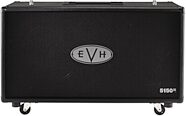
EVH Eddie Van Halen 5150III MX 2x12 Guitar Speaker Cabinet (30 Watts, 2x12")
Pair this 2x12 cab with the EVH 5150III MX head and wail with all the tone of Eddie Van Halen himself. Includes two 30-watt Celestion Heritage speakers.
$629.99
- 12 x$52.50
- No Credit Check6 x$105.00
-

Orange PPC412-C Guitar Speaker Cabinet (240 Watts, 4x12")
This cabinet's rugged construction makes for a thicker tone with ultimate projection. It features 4 Celestion Vintage 30 speakers and flush cabinet handles.
$1,349.00
- 12 x$112.42
-
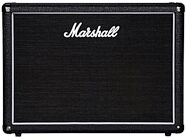
Marshall MX212R Guitar Speaker Cabinet (2x12", 160 Watts, 8 Ohms)
Blast some classic Marshall grind through a pair of Celestion Seventy/Eighty speakers. Able to handle up to 160 watts, this cab pairs well with many heads.
$499.99
- 8 x$62.50
- No Credit Check6 x$83.33
-
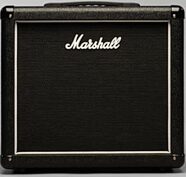
Marshall MX112R Guitar Speaker Cabinet (1x12", 80 Watts, 16 Ohms)
Take total control of your sound with the MX112R speaker cabinet. A 16 ohm Celestion Seventy/Eighty speaker handles up to 80 watts of face-melting power.
$279.99
- No Credit Check6 x$46.66
-
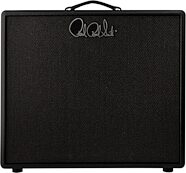
PRS Archon Closed Back Cab Stealth (2x12", 140 Watts)
Loaded with a set of Celestion V-Type 12-inch speakers, this Archon 2x12 cab handles up to 140 watts of power. The closed back design enhances bass response.
$599.00
- 12 x$49.92
- No Credit Check6 x$99.83
-
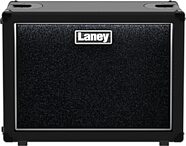
Laney LFR112 Active Guitar Speaker Cabinet (400 Watts)
Ideal for use with modeling rigs, this Laney LFR powered cab puts out a full frequency range, designed to embrace the nuances of a digital guitar setup.
$899.99
- 12 x$75.00
- No Credit Check6 x$150.00
-

Mojotone 2x12 Lite Unloaded Speaker Cabinet
House your desired speaker selection in this stylish and lightweight solid pine enclosure, weighing in at a staggeringly brisk 22 lbs!
$444.00
- 8 x$55.50
- No Credit Check6 x$74.00
-

Marshall 2551AV Jubilee Replica Speaker Cabinet
Featuring the iconic silver tolex of the 1987 Silver Jubilee series, the 2551AV and BV are cosmetically true replicas, loaded with Celestion Vintage 30s.
-

Orange PPC108 Guitar Speaker Cabinet (1x8")
Get big Orange tone from a tiny cabinet! Unleash the power of your Orange Micro Terror amplifier head when you plug it into this 8" single-speaker enclosure.
$109.00
- No Credit Check6 x$18.17
-

EVH Eddie Van Halen 5150III Guitar Speaker Cabinet (4x12")
With custom Celestion G12EVH speakers in a premium birch cabinet with pop-out swivel casters, this 5150III cab stands up to EVH's exacting specifications.
$1,199.99
- 12 x$100.00
- No Credit Check6 x$200.00
-
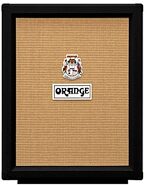
Orange PPC212V Guitar Speaker Cabinet (2x12", 120 Watts)
Check out Orange's first vertical cabinet design! The PPC212V is light, compact, and loaded with Celestion Neo Creamback speakers for thick, juicy tone.
$999.00
- 12 x$83.25
- No Credit Check6 x$166.50
-
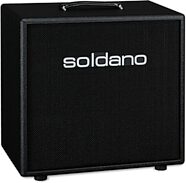
Soldano Cab CLSD 112 Guitar Speaker Cabinet (150 Watts, 1x12")
Got a small stage in need of big tones? This 1x12 cabinet brings all the attitude without breaking your back, equipped with a Celestion Vintage 30 speaker!
$699.99
- 12 x$58.33
- No Credit Check6 x$116.66
-
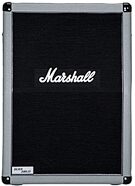
Marshall Studio Silver Jubilee 2536A Guitar Speaker Cabinet, Angled (140 Watts, 2x12")
Showcasing the iconic characteristics of the 2555 Jubilee amp, the Marshall Silver Jubilee 2x12" cab is built to give you a classic tone in portable form.
$849.99
- 12 x$70.83
- No Credit Check6 x$141.66
-
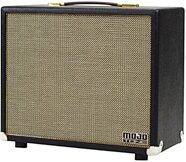
Mojotone 1x12 Lite Unloaded Speaker Cabinet
Weighing in at just 13 lbs, Mojotone's semi-open-back cabinet is made from solid pine with a void-free Baltic birch ply speaker baffle. Add your own 12"!
$325.00
- 8 x$40.63
- No Credit Check6 x$54.17
-
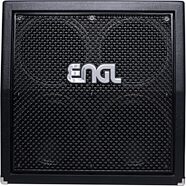
Engl Pro Guitar Speaker Cabinet (4x12", 240 Watts)
No Engl stack is complete without at least one of their speaker cabs in your backline. A quartet of Celestion Vintage 30 speakers handles up to 240 watts.
-
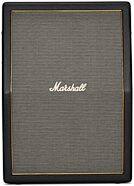
Marshall Origin212A Angled Speaker Cabinet (160 Watts, 2x12")
Designed to pair perfectly with Origin all-tube heads, the Origin 212A angled speaker cab delivers rich midrange and full sound just like a vintage Marshall.
$499.99
- 8 x$62.50
- No Credit Check6 x$83.33
-

Fender Hot Rod Deluxe 112 Guitar Speaker Cabinet (80 Watts, 1x12")
Get a little extra oomph from your Fender Hot Rod amp by connecting it to this 1x12 cabinet. Its 12" Celestion G12P-80 speaker will make sure you're heard.
$367.99
- No Credit Check6 x$61.33
-
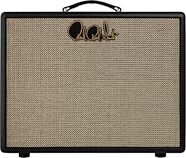
PRS Paul Reed Smith HDRX Guitar Speaker Cabinet (70 Watts, 1x12")
Designed to perfectly match PRS HDRX amp heads, this Celestion V-type packed cabinet is sure to more than meet your high standards!
$449.00
- 8 x$56.13
- No Credit Check6 x$74.83
-
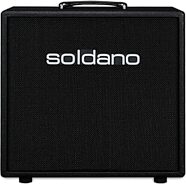
Soldano Open Back Guitar Speaker Cabinet (150 Watts, 1x12")
Squeeze out the maximum style and tone out of your rig with this eye-catching Soldano 1x12" open-back cab loaded with a Celestion G12H-150 Redback speaker.
$699.99
- 12 x$58.33
- No Credit Check6 x$116.66
-
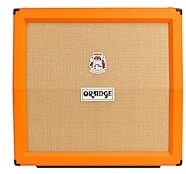
Orange PPC412A Angled Guitar Speaker Cabinet (4x12")
Nothing compares to the monstrous sound of an Orange 4x12 speaker cab. The Power Projection Cabinet delivers a full, bright, and balanced sonic assault.
That said, pairing an amp head with a speaker cab doesn't mean you need to go huge. Increasingly, modern guitarists are building separate-head-and-cabinet rigs to get more control over their tone. With a stack, you can swap out either your amplifier or speaker cabinet to take advantage of different tubes, speaker drivers, amp types, and different combinations of wattage and impedance. You can also add an extension cabinet to project your amp's sound farther, and get better dispersion on stage. This type of mixing and matching requires some technical knowledge, but can ultimately be your ticket to the Tone Zone -- and a way to build up your own customized collection of components for any situation.
From the instantly recognizable aesthetics and mid-range tonal bite of Orange and Marshall cabinets, to the classic vintage-vibe sounds of Fender and Vox, to higher-gain brands like Randall and EVH, the options out there for electric guitar cabinets can be a little overwhelming. You could go all-Orange for a fuzzy, British drive, or go all-Fender for bright, chiming clean sounds -- but you don't have to stick with all one brand. Try open-back cabinets for bright, up-front tone with a lot of presence, or plug into a closed-back cab for more low-mid bark and thicker bass.
As far as speaker firing angle, there are straight and angled cabinets -- pioneered by Marshall for The Who in the 1960s -- which aim the sound slightly upward toward the guitarist's ear for convenient stage monitoring. Speaker size (8" vs. 10" vs. 12"), impedance, cabinet construction material, and stereo/mono capability are just a few more of the specs you may want to consider when shopping for the perfect guitar cab. As always, feel free to call our Gear Experts at 800-460-8089 with any questions related to amp and speaker combinations.






